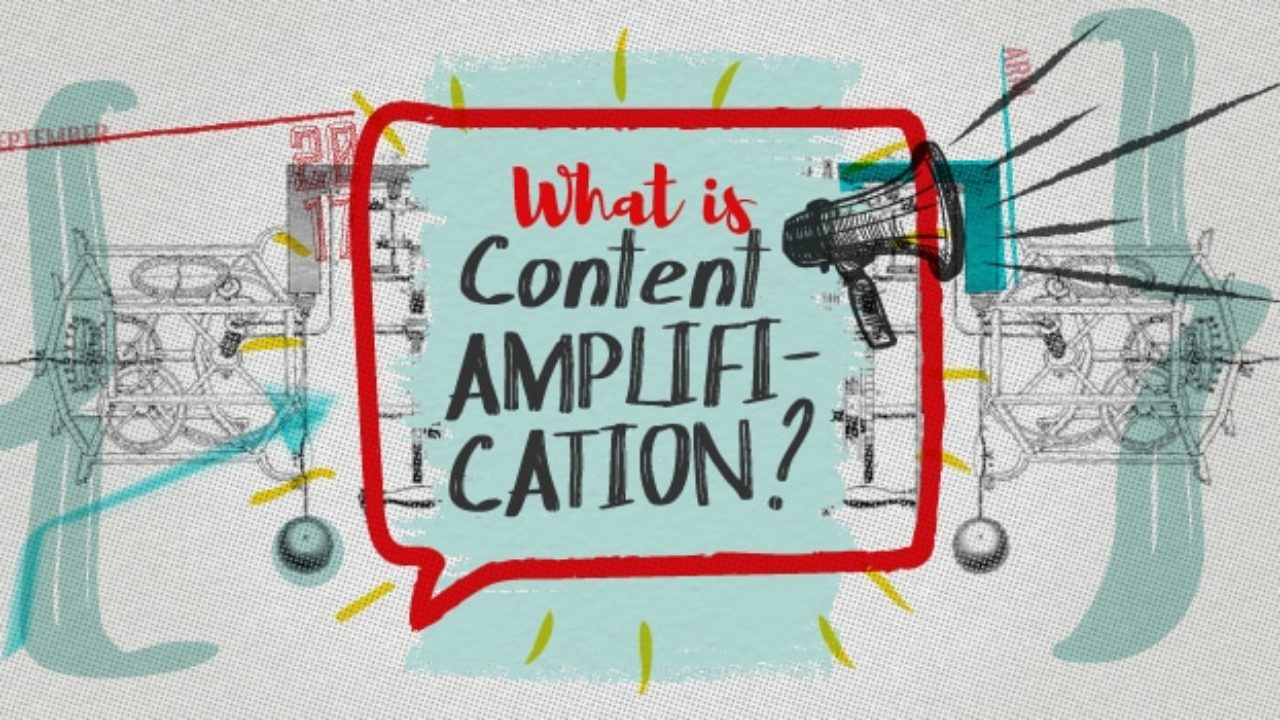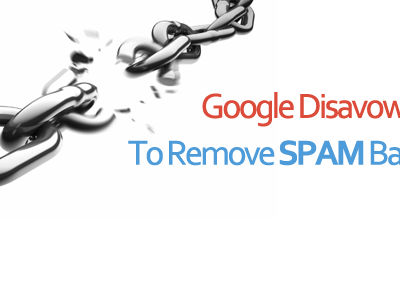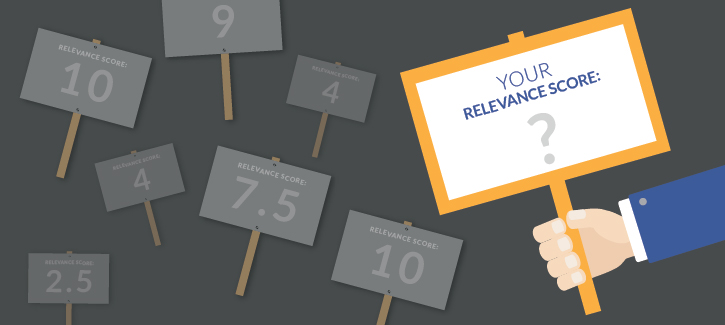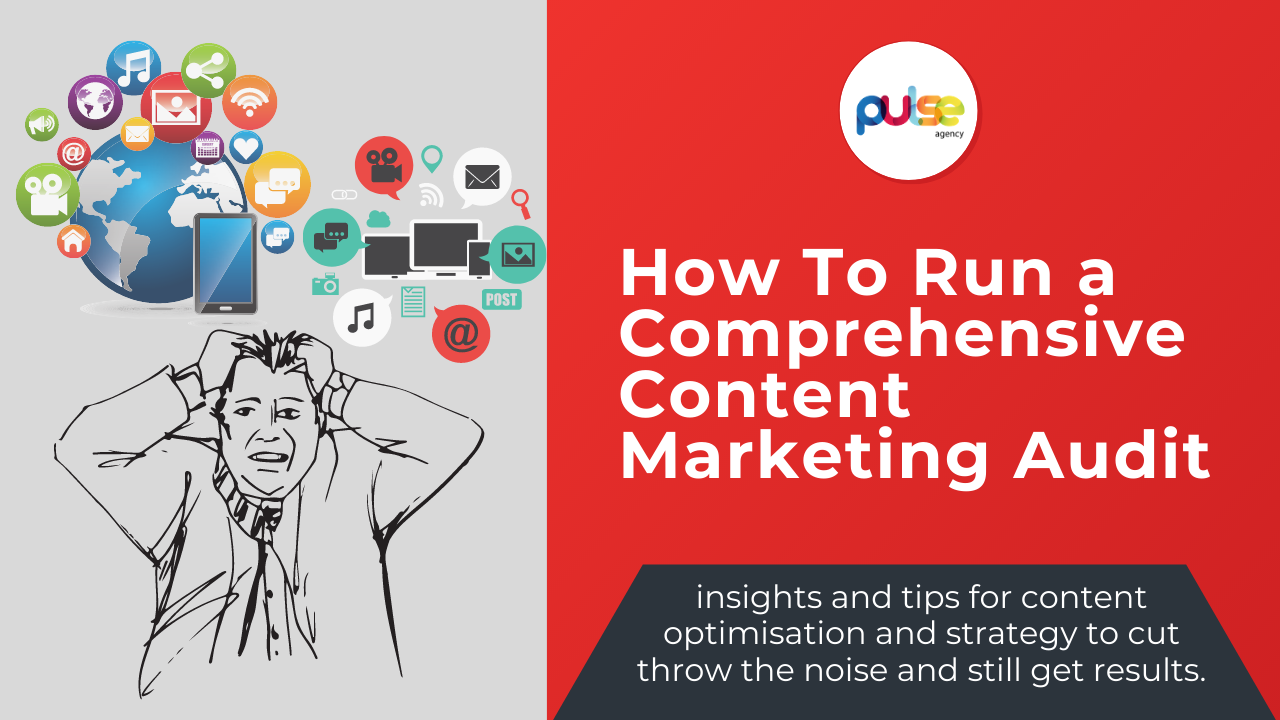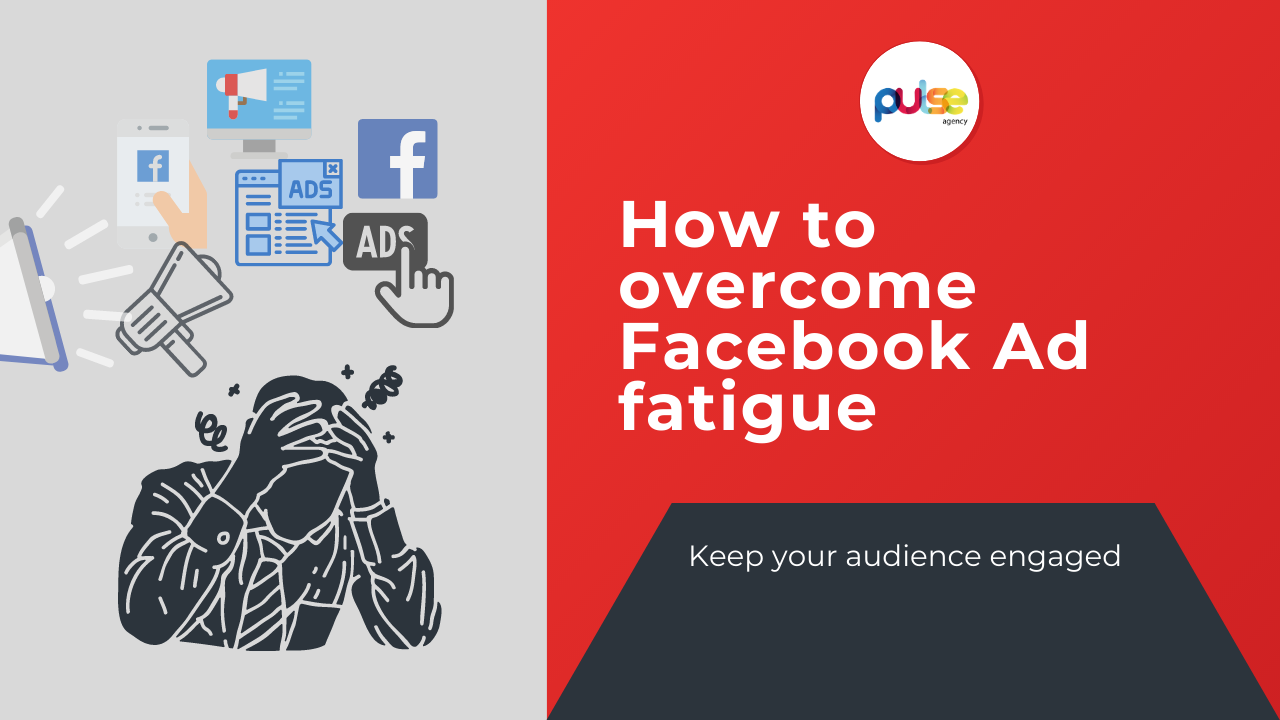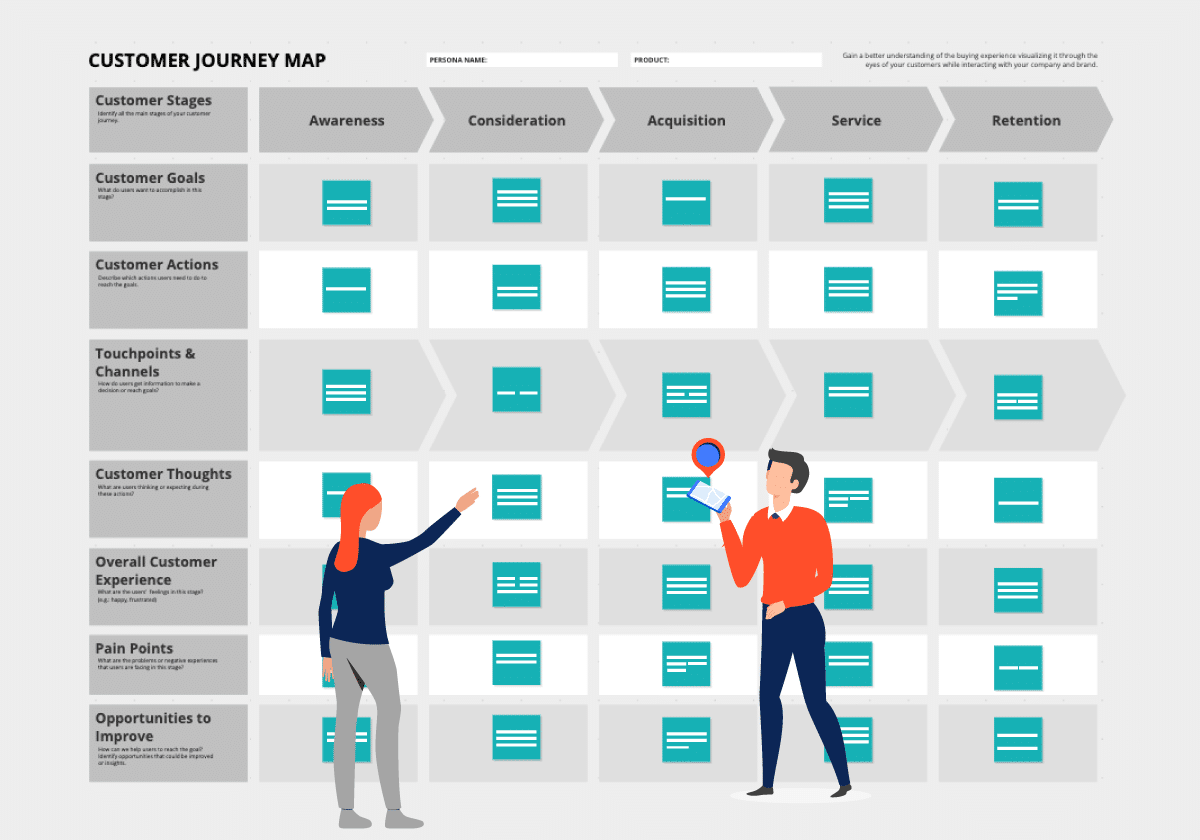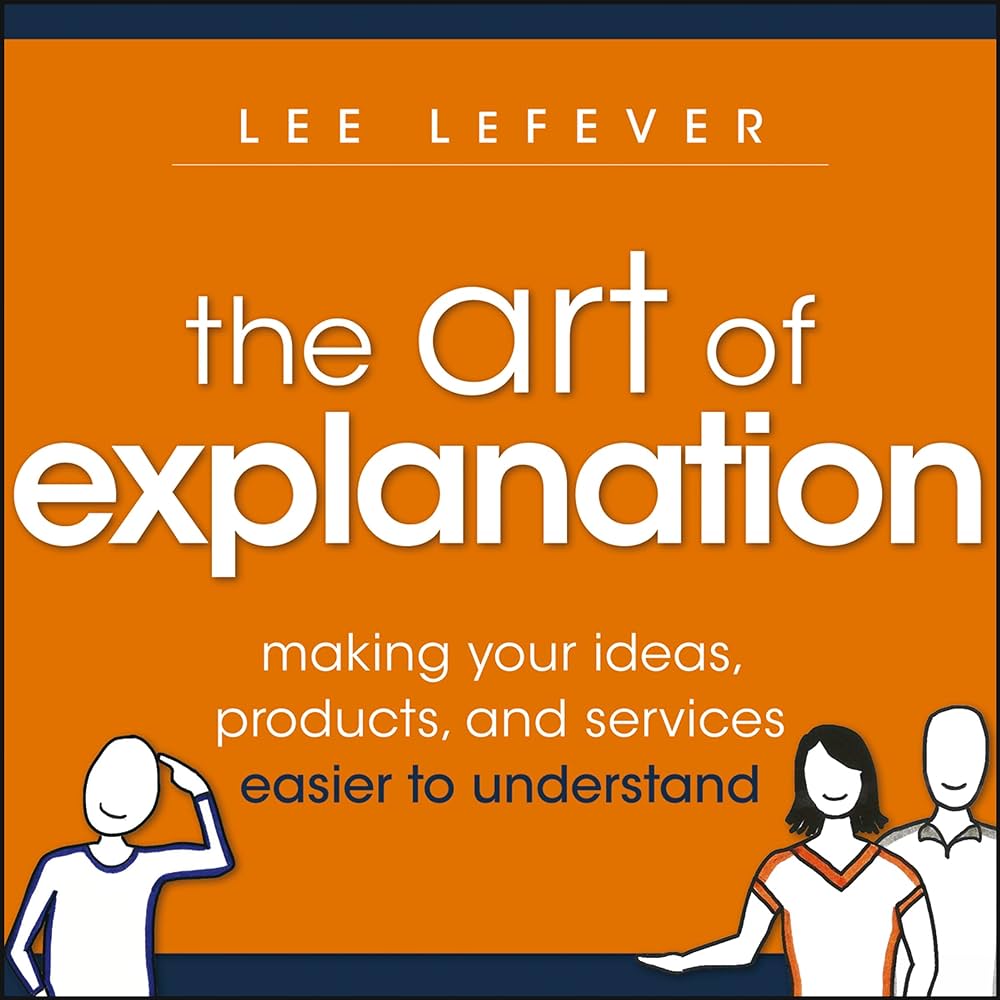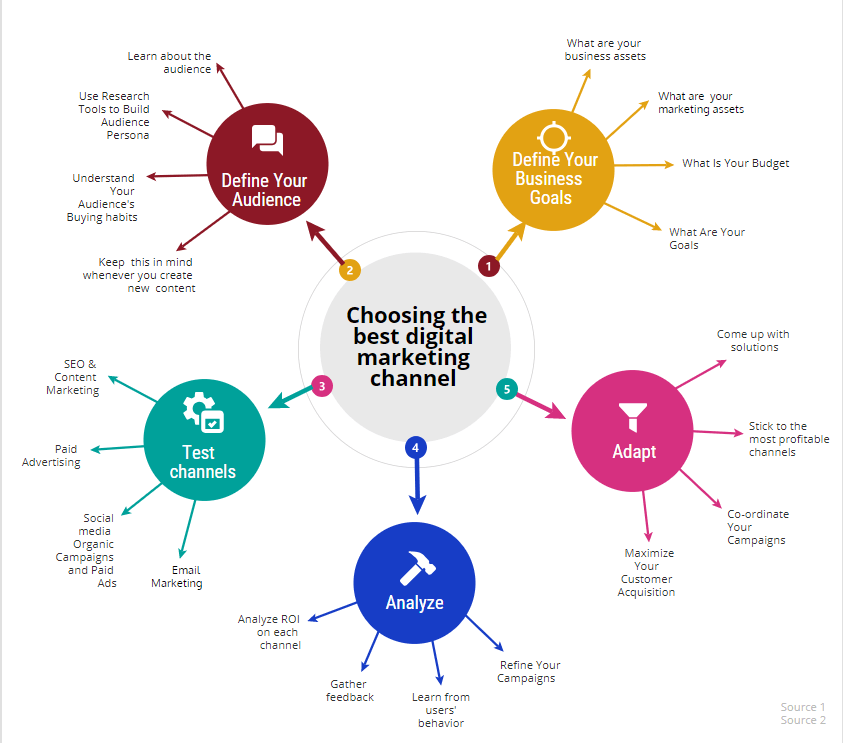
A complete guide to selecting the right marketing channel for your business
Content Marketing Digital Marketing Digital Marketing Channels Facebook PPC SEO
Making the right choice when it comes to digital marketing strategies can be crucial for your company, especially when you are a small business with a limited budget. As SEO and content marketing are tightly connected, you may also need to hire professional copywriters to continuously create fresh content that can help your website rank for a wider variety of keywords.
Making the right choice when it comes to digital marketing strategies can be crucial for your company, especially when you are a small business with a limited budget. Selecting the most appropriate channels to reach the right audience requires lots of research time, as well as in-depth marketing, digital communication, and business management skills.
Considering the multitude of choices available, even the most experienced business person may have difficulties in finding the path toward business success. Every small business owner has probably dealt with these dilemmas: is it really worth investing in SEO? Should I opt for Google Ads and Bing Ads campaigns? Which social media channel delivers the biggest impact on ROI?
This is why we have gathered here a few ideas and some preliminary steps for small business owners and marketers to take in order to choose the digital marketing channel that truly matters for their business.
Table of Contents
Define your Audience
To present your products or services to the right audience, first, you need to define your buying persona (the portrait of your potential/ideal client). Luckily, Facebook offers us the right tools for that. Using Audience Insights, we can start building the profile of the type of person that may be interested in our products/services. To be able to use Facebook Audience Insights, you don’t need an advertising account — all you need is a Facebook profile. We can start with broad options and then narrow down the audiences based on the following information: age, gender, lifestyle, career, relationship status, education level, household, estimated income, interests, online activity, device usage, and spending habits.
After creating a relevant portrait of the buyer, this person should be kept in mind whenever you create any content or carry out any type of marketing activity. But the data offered by Facebook Audience Insights is just one of multiple research methods you should be looking to use to build audience personas. There are many other sources to use, such as Twitter profiles, Google Analytics, or published research that has been previously carried out in your industry or niche.
Define Your Business Goals
After clearly defining your buying persona, it’s time to define your own business goals. Ask yourself questions like: How many leads or actual clients would I like to acquire on a monthly basis? What’s the value of a lead? What sort of budget am I prepared to spend over a certain timeframe? Then, go on defining your business and marketing assets and your goals. After having a complete picture of your business and your targeted audience, it should be easier for you to define the best marketing/advertising channels to use.
Now, that everything is much clearer, it’s time to consider your options:
![]()
Infographic: choosing the best marketing channels.
SEO & Content Marketing
The process of optimizing your website’s technical and editorial aspects so that it can be organically discovered by the users when searching for certain keywords is called SEO. Unlike paid advertising, SEO takes time to work. Depending on various aspects, like domain authority (versus the competition), available assets, web design, link building opportunities etc., results may vary, but they rarely happen before 6-12 months especially if the website is new, big and has errors, or has been penalized by Panda or Penguin.
As SEO and content marketing are tightly connected, you may also need to hire professional copywriters to continuously create fresh content that can help your website rank for a wider variety of keywords. Whether it’s blog posts, white papers, webinars, videos, or e-books, content must be created according to a well-thought strategy. If you’re prepared to make this effort, invest in quality content and wait until results appear, content marketing is the right choice for your business. But, if you need fast results, you should look into PPC and display ads options.
One of the easiest ways to determine whether it’s worth investing in an SEO campaign or not is by checking your website’s ranking with tools like SEMrush., Ahrefs or Google Search Console. If the website is already ranking for some appropriate keywords, then it probably has the potential for further SEO development.
Do it if Your website is already ranking for useful keywords and you are willing to invest time and effort into an SEO/content management campaign.
Don’t it if: You want fast results, without putting in much time and effort.
Email Marketing & Automation
If you have a pool of customers who have already allowed you to email them your newsletters, promotions or offers, this can become a real gold mine. Some studies claim that email marketing can provide a 4,300% ROI. E-commerce companies heavily rely on e-mail marketing strategies, but SMEs may also use email marketing to sell more to existing clients.
Do it if: You have a decent database of clients you can address to.
Don’t it if: You don’t have a pool of existing customers allowing you to send them your information, promotions, and offers.
Pay Per Click advertising
Whether it’s PPC or Bing ads, paid advertising should provide highly targeted traffic very quickly. Both B2B and B2C companies rely on Google and Bing ads to get new clients within a short time frame. PPC campaigns are ideal for businesses that did not take time to create awareness through social media or email marketing campaigns and want to quickly promote their new products/services with paid ads.
Do it if it costs per clicks are affordable and your product service is searched in Google/Bing.
Don’t it if You don’t have a sufficient budget or your audience is not using Google/Bing to search for your products/services?
Social Media Organic Campaigns and Social Ads
Social media marketing is one of the most powerful tools you can use to achieve your marketing and branding goals. SMM includes posting regular text, image, or video updates on social channels (Facebook, Instagram, Pinterest, Twitter etc.), as well as creating social media ads.
To improve your business’s social presence and increase audience engagement, organic posting and paid ads should go hand in hand. A good social media marketing plan includes a consistent posting schedule and running social ads for remarketing purposes. The choice of the social media channel also depends on the type of business you have: a highly visual business can rely on Instagram and Pinterest, while a B2B company might find Twitter and LinkedIn more useful for its marketing goals.
Do it if: You get a lot of value from a strong social media presence.
Don’t it if: Your audience uses other channels to search for your products/services (Google, Bing)
Conclusion:
This conclusion comes from the book ”How brands Grow” by the renowned authors, Byron Sharp and Jenni Romaniuk from the Ehrenberg-Bass Institute
We suggest asking the following questions when choosing new channels:
1:How big is this channel right now? This shows how much money can be made in a short amount of time.
2: How fast is the channel growing in terms of the absolute number of new shoppers? (Percentage growth can be deceiving.) This gives a number to the channel’s possible future.
3: Is the way people buy in the new channel different from how they buy in other channels where our brands are? This checks to see if the company can use the skills and knowledge it has gained through other channels on this new one, or if it needs to learn new skills.
4 What growth levers can we get from this new channel that might make it more appealing for its low penetration (that is, unique shoppers and the chance to charge higher prices)? This checks to see if there are any other benefits that might not have been clear from the other questions.
A few previous questions show that this new channel could be good, so ask S What is the best way to start with a portfolio on that channel? Do we already sell that, and/or how ready are we to do so (on a large scale, if necessary)?
I recommend listening to this great podcast with Adrian Ferrier and Byron Sharp to know how the latest research is changing the way many marketing and truths are becoming obsolete.






